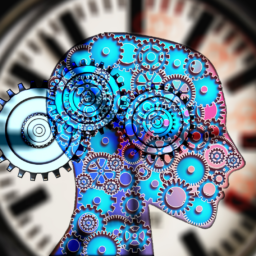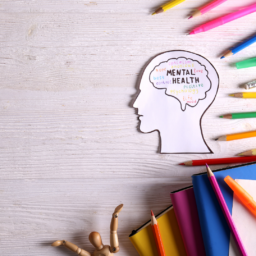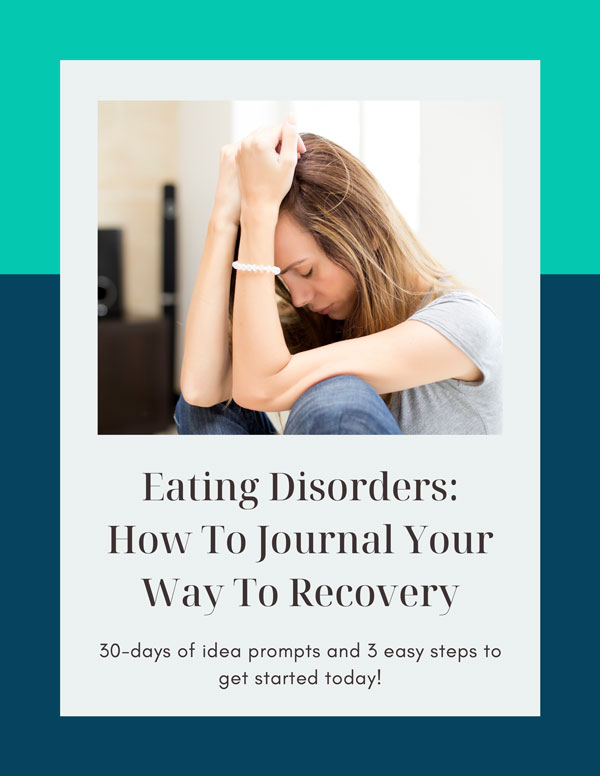
According to general eating disorder statistics 28.8 million of Americans will have an eating disorder in their lifetime (roughly 9%). Eating disorders are on the rise and between the years 2000 and 2018 the prevalence doubled. Eating disorders are complicated, life-threatening illnesses, however early detection leads to better recovery outcomes and using treatment protocols that work.
Carolyn Costin and Gwen Schubert Grabb authored the book entitled “8 Keys to Recovery from an Eating Disorder Workbook: With all new assignments, strategies, and personal reflections to heal your relationship with food.” This book is a godsend for those in recovery. Broken down into 8 manageable keys with attached assignments, it helps to guide those in recovery.
Here is a breakdown of the 8 keys:
Key 1: Motivation, Patience, and Hope
The decision to recover is yours and yours alone. No one can make you want to get better, change, or live a recovery-oriented life. A symptom of an eating disorder is dismissing the seriousness of it, so ambivalence is a part of recovery. It is normal for someone in recovery to get up expressing “I want to get better” and then by lunch they are not following their meal plan. This is because getting better in the beginning feels bad. Recovery also can take up to months to years to recover and patience is a necessary characteristic. Lastly it is vital to identify what you are recovering to and to build hope.
Key 2: Your Healthy Self Will Heal Your Eating Disorder Self
Costin identifies that this is the most important key and if you can only learn one, this is the one to learn. We are all born with a healthy self- a self that thrives to survive, nourish, care, and prosper. Over time an eating disorder self is established which wants the opposite of the healthy self- typically self-destruction, judgment, and rules. Part of recovery is to tap into both parts of yourself and to ultimately strengthen your healthy self.
Key 3: It’s Not About the Food
You have heard it time and time again: Eating disorders are about food and NOT about the food. In this Key, Costin and Grabb explore the different risk factors in getting an eating disorder including genetics, trauma, personality traits like perfectionism and conflict avoidance, and being in an environment that idealizes thinness. This key helps you to put together your own eating disorder puzzle and identify what led to your eating disorder. Costin makes it clear that you do not need to know why you got an eating disorder to get better, but it can help put the pieces together. The key also discusses having self-compassion and letting go of self-blame because no one chooses to have an eating disorder.
Key 4: Feel Your Feelings, Challenge Your Thoughts
For some, those with eating disorders use their behaviors to escape from or numb out their feelings. It may help in the beginning, however over time it stops working. Key 4 discusses the importance of noticing your feelings, validating them, and feeling them. To feel is to heal and there is no way around that. Remember our feelings do not kill us, but sometimes what we do to not feel does. This key also discusses cognitive therapy and the importance of identifying our thoughts and reframing them from our healthy self.
Key 5: It IS About the Food
You need to eat to recover. You can be motivated and feel your feelings, however if you do not nourish your body, you will not recover. This key explores your relationship with food. It also explores the importance of following a meal plan, identifying, and dismantling food rules, and the 10 Conscious Eating Guidelines to follow in recovery.
Key 6: Changing Your Behaviors
To recover you need to stop eating disorder behaviors. Whether it is an overt behavior, such as restricting, bingeing, or purging, or a recovery-sabotaging behavior, such as weighing yourself or bodychecking, behavior change is necessary for recovery. This key explores common reasons to resisting change and a multitude of strategies to help including writing eating disorder and healthy self-dialogues, journaling, using transitional objects and using rewards and consequences.
Key 7: Reach Out to People Rather than your Eating Disorder
Let’s put the eating disorder out of a job! A main component in eating disorder recovery is to learn to reach out to people instead of your eating disorder. Internal narratives, like “I am weak if I ask for help” or “I am a burden” can get in the way so this key explores identifying counter arguments to these narratives. This key lists times to reach out for help, support, and connection, like during an urge or when you have done something well.
Key 8: Finding Meaning and Purpose
What are you recovering to? Eating disorders can make our lives very small, mainly because we are so hyper-fixated on our body, weight, and shape. After weight restoration and going through the first 7 keys, this is where our real life’s purpose is explored. It is where deep healing is explored. Spirituality, mindfulness, soulfulness, visualization, breathing techniques, are reviewed. These tools help us to discover who you are without an eating disorder.
Warmly,
Meredith O’Brien, LCSW










